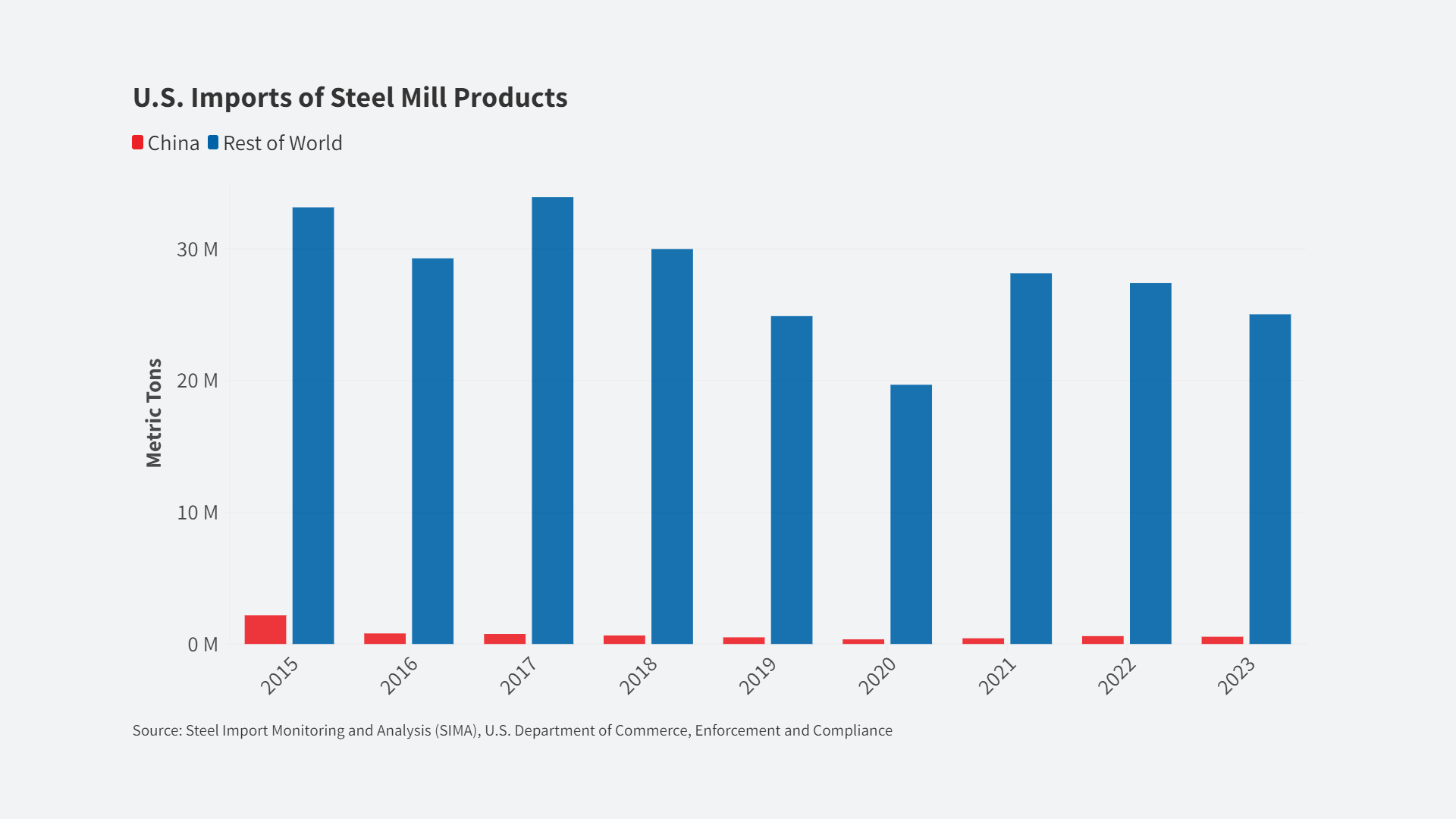Recent trade figures from the Department of Commerce show the U.S. international trade picture continues to deteriorate. The U.S. trade deficit in June hit $43.6 billion, almost the same as the year-ago June level of $43.8 billion. But for the first half of this year, at $276.6 billion, the trade deficit is 10.7 percent larger than the year-ago figure.
Originally Appears on The Hill
We are now on track for an annual trade deficit this year of some $550 billion, which would be the highest deficit since 2008. That’s roughly 2.8 percent of our GDP, a substantial contractionary force in the economy. If that spending were going toward U.S. goods and services instead of foreign goods and services, it would create more revenue, more jobs, more profit and more investment inside the U.S. instead of overseas.
The U.S. non-petroleum goods deficit hit a new high in the first half of this year of $354.6 billion, putting the nation on track for a record $700 billion non-petroleum deficit for the year as a whole. While the petroleum balance has improved as a result of fast-growing production and exports of oil and gas (thanks to the shale revolution), the rise in the non-petroleum balance is bad news for the U.S. economy because it indicates growing net imports of manufactured goods and commodities, which create more jobs per dollar than the petroleum sector.
While the Trump administration has succeeded in making trade a hot topic for political discussion in Washington and globally, we have yet to see concrete action to reduce the huge U.S. trade deficit and support U.S. manufacturing in its battle against foreign imports, many of them supported by open or clandestine subsidies from foreign governments.
In the first six months of 2017, the U.S. goods trade deficit with China worsened by 6 percent, reaching $171 billion. China continues to account for between 40-50 percent of our total goods trade deficit. The biggest driver of the increase in our bilateral deficit with China was the computer and electronic products sector, where imports rose 35 percent in the first half of the year.
Offsetting the rise in imports was strong growth of 21 percent in U.S. exports of transportation equipment to China and 9.9-percent growth in the export of agricultural products. However, our goods trade with China continues to be badly out of balance, with our imports reaching a value nearly four times the value of our exports.
Trade with China is a hot topic politically, with the Trump administration looking into the possibility of a Section 301 investigation of China’s trade practices, especially in the area of intellectual property protection and technology transfer.
The June data also showed that our trade deficit for advanced technology products (ATP) reached $43.4 billion for the first half of this year. That’s 33.4 percent worse than in the year-ago first half. Advanced technology products include many product segments considered to be “industries of the future,” so they are important for future prosperity.
ATP includes computer and communications products, aerospace, weapons, biotech and nuclear technology. Our bilateral ATP deficit with China reached $57.8 billion in the first half of the year, up 51 percent on the year-ago period, according to the U.S.-China Economic Security Commission, a bipartisan body that reports to the U.S. Congress.
According to the commission analysis of Census figures, our bilateral ATP deficit with China worsened due to a surge in computer and communications exports from China to the U.S. at the same time that U.S. aerospace exports to China fell by 21 percent, or $3.7 billion.
Typically, imports of computer and communications equipment are stronger in the second half of the year than the first, so the U.S. advanced technology trade deficit is likely to rise further in the second half of this year.
Jeff Ferry is research director at the Coalition for a Prosperous America, a coalition of farmers and ranchers, manufacturers and labor groups working for a national strategy to eliminate the trade deficit.













